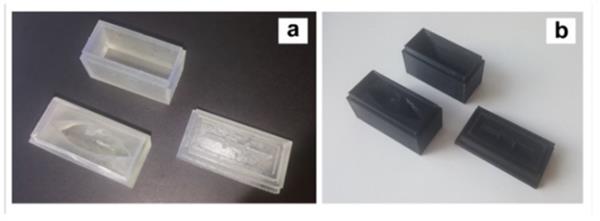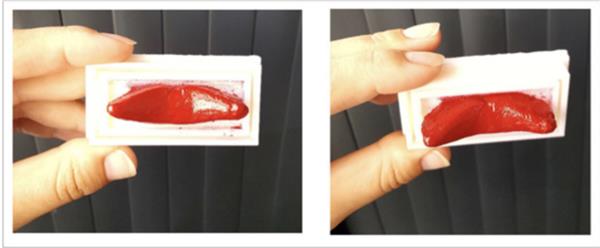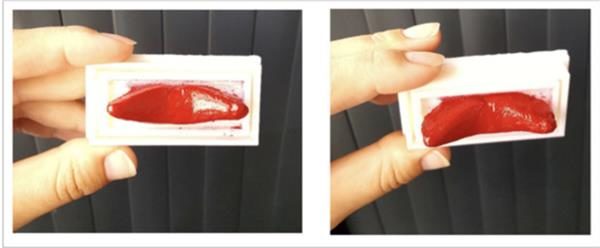Researchers have recently explored the viability of applying 3D scanning and printing equipment in the development and manufacture of a personalised lipstick applicator.
The study aims at evaluating the possibility of developing a methodology for manufacturing a personalised lipstick applicator using 3D printing technology. In order to examine this possibility, FDM printing and PLA filaments were the required tools used in the case study.
To test the potential of 3D printing in this project, researchers Milica C Stevic, Peter Hill, and Slobodanka Tamburic of the College’s Cosmetic Science Research Group made use of FDM printing and three materials to make the applicator: Acrylonitrile Butadiene Styrene (ABS), Polylactic acid (PLA) and a Formlab resin.
The lips of every participant were 3D scanned and made into a digital image model. The images of the participants’ lips were then sent to 3D computer graphics software Autodesk 3ds Max, where a lengthy process of optimisation and modelling was applied.

According to the authors, “it was envisaged that to obtain a personalised lipstick applicator, three elements would be required: a lipstick mould, base and cap.”
In order to select the appropriate 3D printing method for producing personalised lipstick, the three lipstick applicator elements were fabricated using SLA and FDM printers.

The moulds produced using the three investigated materials were filled with a lipstick formulation, closed with their respected bases, inverted, and placed in a fridge for 15 min. After removing the moulds it was found that the personalised lipstick was successfully detached only in the case of the PLA lipstick applicator.

It must be said that ABS could also be used. However, the lipstick retrieval from the mould was not consistently successful. In the case of the clear resin applicator, the lipstick could not be created on a consistent basis.
Therefore, the FDM technique and PLA material are more efficient than other techniques to make personalised lipstick.
For further information about 3D Printing, follow us on our social networks and subscribe to our newsletter!






